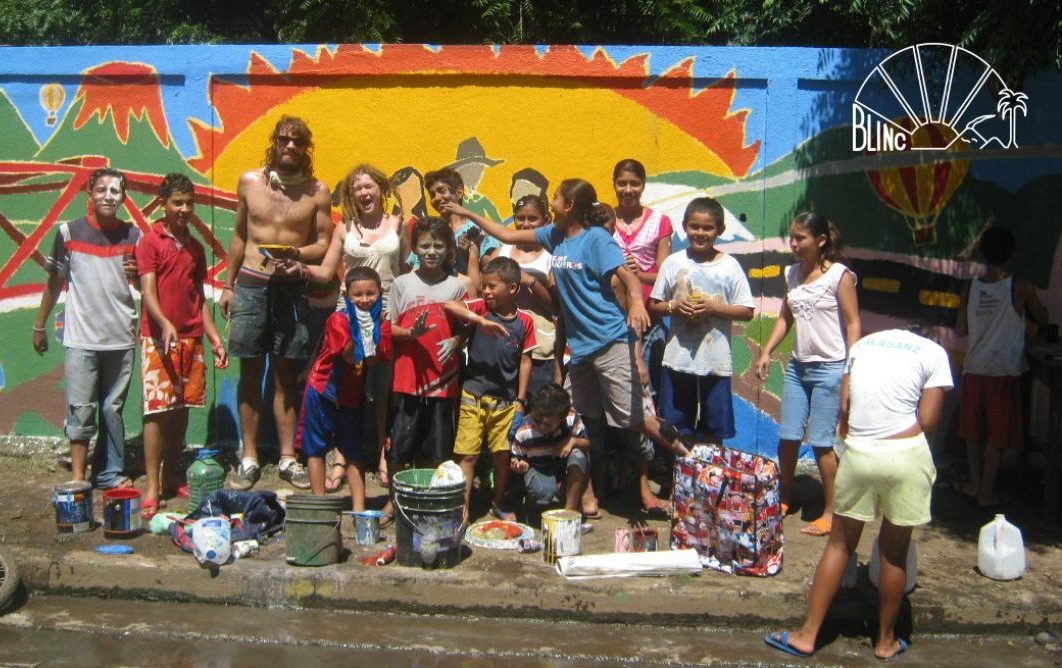Nicaragua is the third poorest country in the western hemisphere after Haiti and Honduras.
Its history has been characterised by earthquakes, hurricanes and violent intervention by the United States.

During the early 1980s, the FSLN government, or Sandinistas, introduced extensive reforms in public health, education and agriculture designed to benefit the majority, who previously had suffered under 50 years of dictatorship.
The U.S government, under Reagan, responded to the elected Sandinista government with violent intervention known as the ‘Contra’ war, which lasted nine years, severely crippled the Nicaraguan economy and lead to 50,000 dead.
As a result, Nicaragua experienced the erosion of many of the progressive initiatives introduced by the Sandinistas, and under three successive neo-liberal governments the population experienced increasing hardship. Since then the Sandinistas were returned to power in three subsequent elections and have been able to create a free national health service, invest in schools and training teachers, achieve 75% of the country’s energy needs from renewables, create electricity and water coverage to over 90% of the population and build new networks of roads to improve the economy.
Today, BLINC offers solidarity to those affected by Nicaragua’s turbulent history. Through education and health initiatives, BLINC aims to support the development of the kind of society which the Sandinistas fought for and continue to deliver.
For recent news on Nicaragua, see:
Webinars: https://nicasolidarity.net/webinars/
Tortilla con Sal or “Tortilla with Salt” – Bi-lingual Nicaraguan news website offering balanced commentaries.
